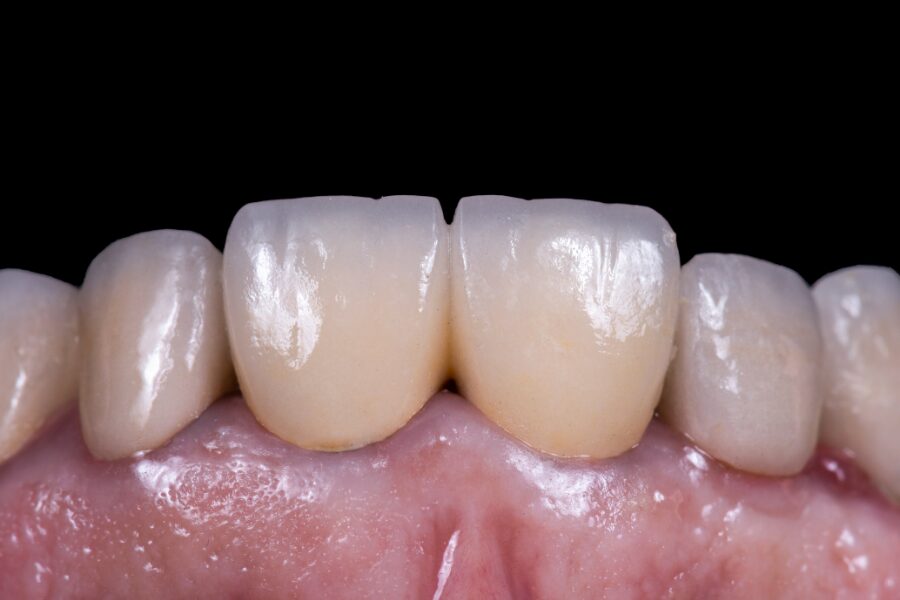PFM Crown Installation and Removal Tips Dentists Should Know
Diving into the realm of Porcelain-Fused-to-Metal (PFM) crowns can both be a challenge and an achievement for dental professionals. Esteemed for their blend of durability and aesthetic appeal, PFM crowns maintain their status as a cornerstone in restorative dentistry. Yet, with great potential comes great responsibility—mastering the nuances of PFM crown installation and removal is essential. This article pulls back the curtain to reveal the insider secrets and techniques that every dentist should arm themselves with.

At the heart of every successful PFM crown procedure lies a profound understanding of materials, meticulous planning, and precision. But beyond the basics, there are layers of subtlety that, when navigated expertly, can significantly elevate the outcome of your treatments.
PFM Crown Preparation
Proper tooth preparation is the foundation upon which the success of a PFM crown rests. Here are some pivotal points to ensure your preparation is on point:
- Use of a diamond burr for a smooth finish
- Maintaining a uniform reduction to facilitate optimal crown thickness
- Ensuring there are no undercuts to prevent seating issues
Impression Magic
Taking an accurate impression is where your artistry comes to the foreground. It’s not just about the materials you choose but also about the technique:
- Opt for a high-quality impression material that captures detail impeccably
- Be meticulous with your timing – setting times aren’t mere suggestions
- Use a retraction cord to manage gingival tissue, ensuring a clear impression of the preparation margin
Why Temporaries are More Than Just a Placeholder
Temporal crowns play a critical role in PFM crown installation, serving not just as a stop-gap but as a blueprint for the final crown. They offer a sneak peek into how the final restoration might look and perform, making their precise fabrication and fit paramount.
The Right Cement Makes All the Difference
Cementation is the final—but far from the least—critical step in PFM crown procedures. Each choice made here can significantly impact the longevity and success of the restoration.
- Biocompatible options that reduce the risk of allergic reactions
- Cement selection tailored to the individual’s needs and the specific restoration requirements
- The significance of a trial seating without cement to ensure a perfect fit
When and How to Remove a PFM Crown
The removal of a PFM crown, whether for adjustments or replacement, requires a strategic approach to prevent damage to the underlying tooth structure.
- Techniques for slicing through the crown without harming the tooth
- Utilizing ultrasonic devices to loosen the cement bond efficiently
- The importance of patient communication during the removal process to alleviate anxiety
As we’ve journeyed through the intricacies of PFM crown installation and removal, it becomes evident that these procedures are as much an art as they are a science. Mastery comes not only from understanding the materials and mechanics but also from appreciating the subtle nuances that can transform a good result into a great one.
“The true mastery in dental restoration lies not just in the technical skill but in the attention to the finer details that personalize and perfect the patient’s experience.”
Incorporating these insider secrets into your practice can elevate the level of care you provide, ensuring that each patient leaves your clinic with a smile that’s not only beautiful but enduring. As dental professionals, our mission is to blend artistry with precision, and knowledge with empathy, to create restorations that are not just functional, but truly transformative.



Leave a Reply
Want to join the discussion?Feel free to contribute!